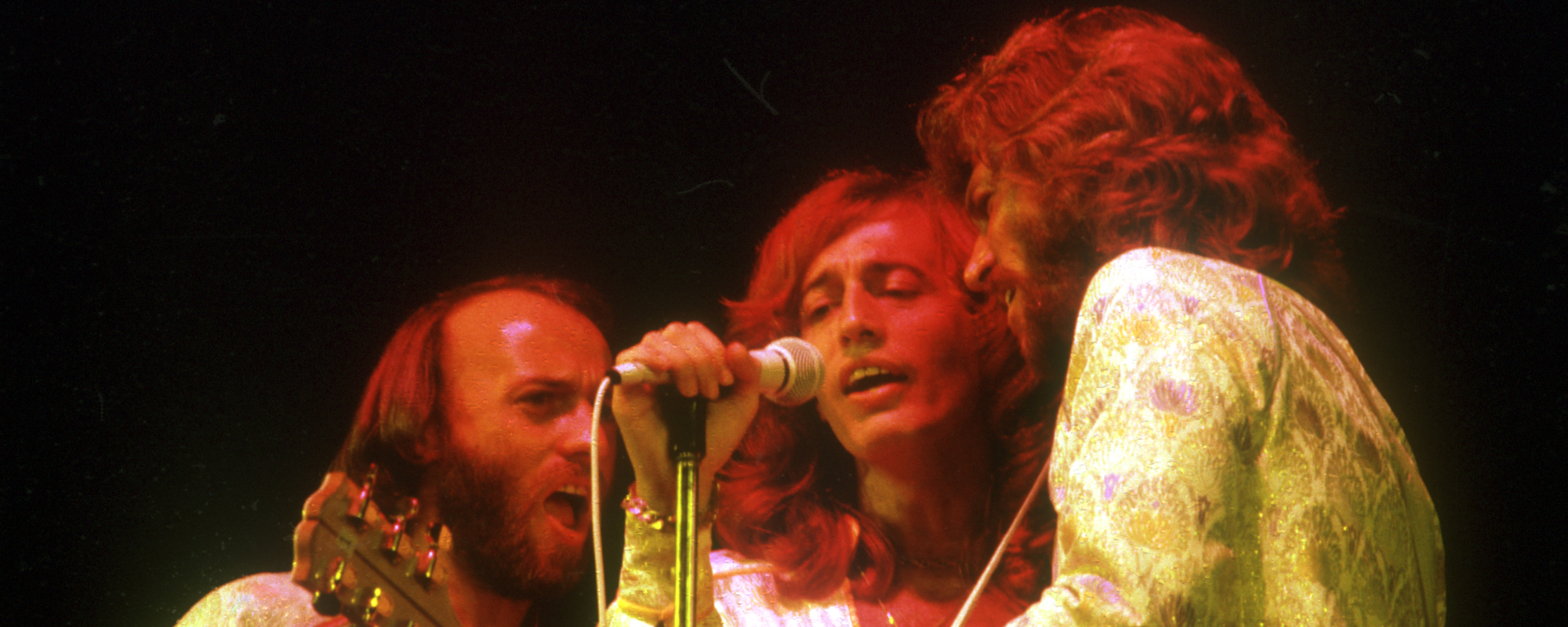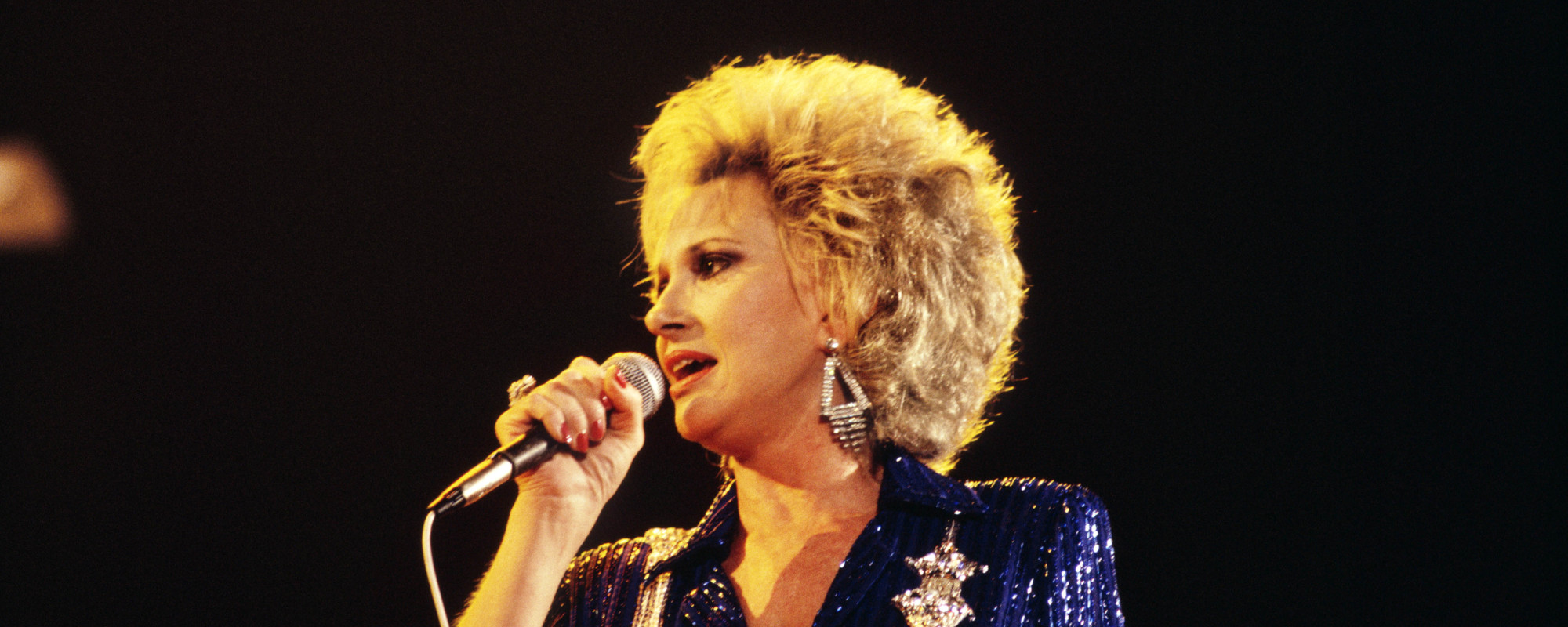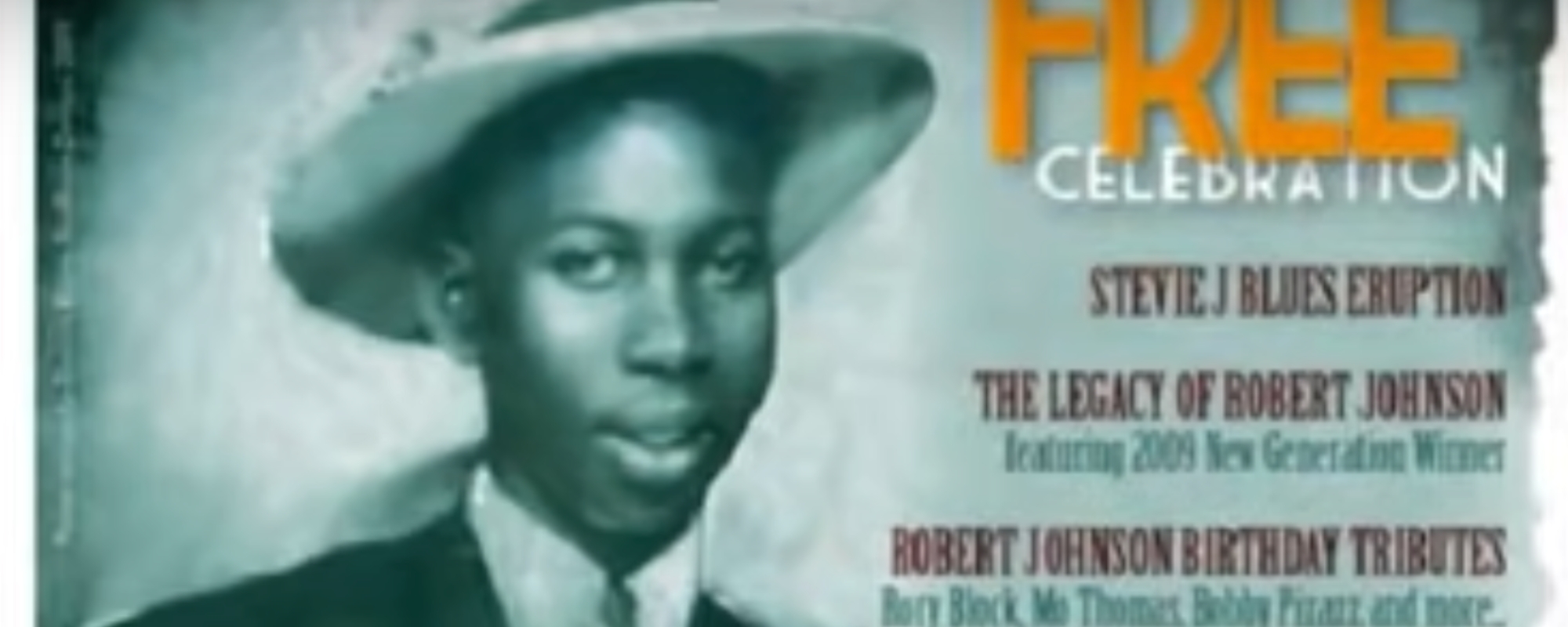There are some artists with such a vast catalog that it’s easy for some truly wonderful tracks of theirs to slip through the cracks a bit. Bob Seger is such an artist, and it’s heartening to hear that he’s about to add to that catalog with a new album. A little more than a quarter-century ago, his new album was The Fire Inside, but it was released at a time (1991) when heritage rock artists had a difficult time being heard in the prevailing musical climate. As a result, the title track, which is an unmitigated triumph, took somewhat of a backseat.
Videos by American Songwriter
Seger, ever the meticulous craftsman, worked hard to bring the song to a point where he was completely satisfied with it, as he told Music Connection in 1994. “I thought the second verse about the club scenes was a killer, and the last verse worked, but I started to realize that the original first verse of that song was not nearly as strong as the others,” he remembered. “So I wracked my brain for a long time on that song. It’s like you’ll work and work and work, and then three weeks later, the answer will just pop into your head.”
Although the album is credited to Seger with his longtime backing group The Silver Bullet Band, it was a record which featured many special guests, and two of them make a large impact on “The Fire Inside.” Russ Kunkel is the driving force with a relentless drum beat that mirrors the protagonist’s forward momentum in the song, while E Streeter Roy Bittan adds a frenzied piano part to lend the song majesty and melodic flair. Seger is the omniscient narrator, telling the story of a one-night stand from the excitable beginning to the bittersweet conclusion.
He sets the scene with an evocative opening couplet: “There’s a hard moon risin’ on the streets tonight/There’s a reckless feeling in your heart as you head out tonight.” The protagonist surveys the whole scene of messy humanity, beautiful and tragic all at once: “Past the phony posers with their worn out lines/The tired new money dressed to the nines/The low life dealers with their bad designs/And the dilettantes with their open minds.”
In the second verse, these archetypes begin to collide in an effort for connection: “And the lights go down and they dance real close/And for one brief instant they pretend they’re safe and warm.” But it’s a fleeting moment, their wariness winning out over any romantic ideals: “They hold one another just a little too long/And they move apart and then move on.”
The final verse finally brings the reveal of who it is that’s witnessing this scene, as Seger puts us in a bedroom where a man leaves a woman behind in the dark “like you know who we would.” This woman then strides to the window and puts the whole evening into perspective: “Then it comes to you how it all slips away/How youth and beauty are gone one day.” But she is not defeated, because stubbornly, illogically, a spark persists: “Dreams die hard and we watch them erode but we cannot be denied/The fire inside.”
Seger has essentially summed up the indefatigability of the human spirit in three verses. Not a bad trick, but when you’ve pulled off feats like this time and again in your career, an achievement like “The Fire Inside” can seem like old hat. For the average songwriter, it’s an impossible standard to meet.











Leave a Reply
Only members can comment. Become a member. Already a member? Log in.